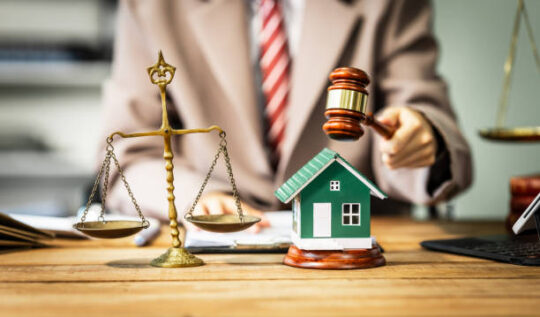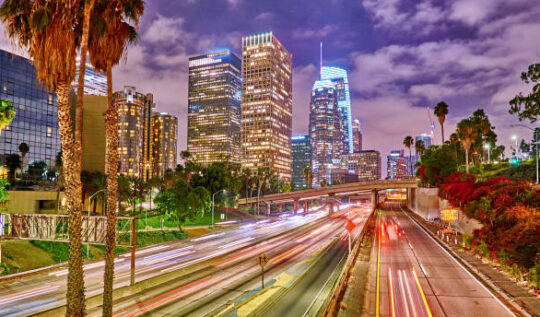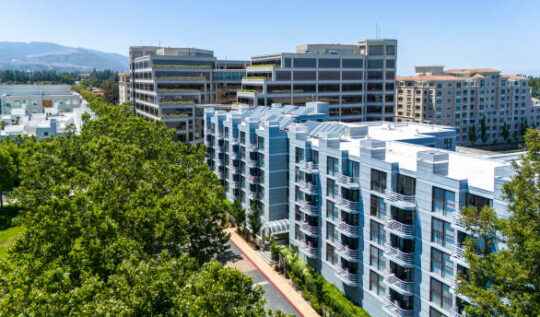How LA Wildfires Are Changing Real Estate in Southern California
The recent wildfires in Los Angeles have done more than just damage homes and landscapes. They’ve changed the way people think about buying and selling property in Southern California. For many, the fires have raised big questions about safety, insurance, and whether certain areas are still worth the risk.
Table of Contents
ToggleSo what does this mean for the real estate market? Let’s break it down.
Some Areas May Lose Value, Others Could Get Hotter
When a fire hits a neighborhood, home prices there often drop—at least for a while. Buyers get nervous. They wonder: What if this happens again? And with insurance becoming harder to get, many people are walking away from deals in high-risk areas like Malibu, Topanga, and the Palisades.
On the flip side, safer neighborhoods may become more popular. Places like Santa Monica, Culver City, and parts of the South Bay—areas that didn’t burn—might see more demand. People still want to live near the coast, but now they’re thinking more about fire risk too. More demand in these “safer” areas could lead to higher prices.
Insurance Is a Big Issue
One of the biggest challenges right now is insurance. Some major companies have stopped offering new policies in wildfire zones. Others have raised their rates or made coverage harder to get.
Without insurance, many buyers can’t get a mortgage. And even if they’re paying cash, they don’t want to buy a home they can’t protect. That means fewer buyers and lower prices in risky areas.
California does offer a backup option called the FAIR Plan, but it’s expensive and doesn’t cover everything. So it’s not a great solution for most people.
Comparing Real Estate Trends: Fire-Prone vs. Safer Areas
| Factor | Fire-Prone Areas | Lower-Risk Areas |
|---|---|---|
| Insurance Access | Limited or Expensive | More Accessible |
| Buyer Demand | Dropping | Rising |
| Investor Interest | Mixed | Steady |
Will People Rebuild or Move On?
For those who lost their homes in the fires, the big question is: Should I rebuild, or is it time to move somewhere else?
Some homeowners will rebuild—especially those with good insurance or a strong emotional connection to their property. Others may decide it’s too much of a hassle or too expensive and will choose to sell.
If a lot of people decide not to rebuild, developers may step in to buy up the land and build something new. But that takes time, especially in areas with strict building rules like those near the coast.
What About Prices?
Let’s talk about what might happen to home prices:
In the short term, prices in burned areas may fall because of the damage and uncertainty.
In the nearby areas that didn’t burn, prices could rise. More people are looking for homes in “safer” spots.
In the long term, if homes are rebuilt with modern materials and safer designs, they might become more valuable again. But that depends on how insurance and fire risks are handled in the future.
Investors Are Watching Closely
Some investors are already looking at these fire-hit areas as opportunities. They may try to buy land at lower prices, rebuild, and then sell or rent the new homes at a profit.
But others are being cautious. If fires keep happening and insurance stays hard to get, investing in these areas could be risky.
The Bottom Line
Wildfires are becoming a regular part of life in California. And they’re starting to play a bigger role in how people buy and sell homes.
Some areas will bounce back stronger. Others might see a long-term shift in value or use. What happens next depends on insurance companies, local rebuilding plans, and whether future fires can be prevented or managed better.
For now, one thing’s clear: fire risk is no longer something buyers can ignore—it’s shaping where people want to live and what they’re willing to pay.
Key Takeaways: How LA Wildfires Are Changing Real Estate
- High-risk zones: Home values may drop due to fire damage and limited insurance options.
- Buyer shift: Demand is rising in lower-risk neighborhoods like Santa Monica and Culver City.
- Insurance crisis: Fewer private carriers are offering fire coverage, making sales harder.
- Investor activity: Some are buying land to rebuild; others are waiting for market stability.
- Long-term impact: Fire risk is now a key factor in home buying decisions across LA.
FAQs: How LA Wildfires Are Changing Real Estate






Is Buying Property in California a Smart Investment | Expert Advice
August 11, 2025
[…] Wildfire risks and climate change also affect insurance costs and property desirability. […]
Is Renting in Los Angeles Worth It in 2025? | JDJ Consulting Group
August 13, 2025
[…] January 2025, wildfires destroyed thousands of homes across Los Angeles County. The disaster displaced tens of thousands of residents almost […]
10 Common Permit Delays in Los Angeles and How to Avoid Them
August 18, 2025
[…] example, after major wildfires, city officials created a “One Stop” rebuilding center. Yet many homeowners still wait months […]
LADBS Plan Check 2025 Updates | JDJ Consulting Group
August 19, 2025
[…] wildfire rebuild may qualify for self-certification, which avoids standard […]
Real Estate Consulting Companies in Los Angeles: JDJ Consulting
August 20, 2025
[…] oversight. Developers must deal with zoning changes, housing shortages, traffic concerns, and even fire zone restrictions. These challenges make the path from planning to construction difficult and […]
Best US Cities for Real Estate Investment 2025 | JDJ Consulting
August 21, 2025
[…] RisksFlorida and parts of California face rising insurance premiums. Floods, hurricanes, and wildfires increase costs and long-term […]